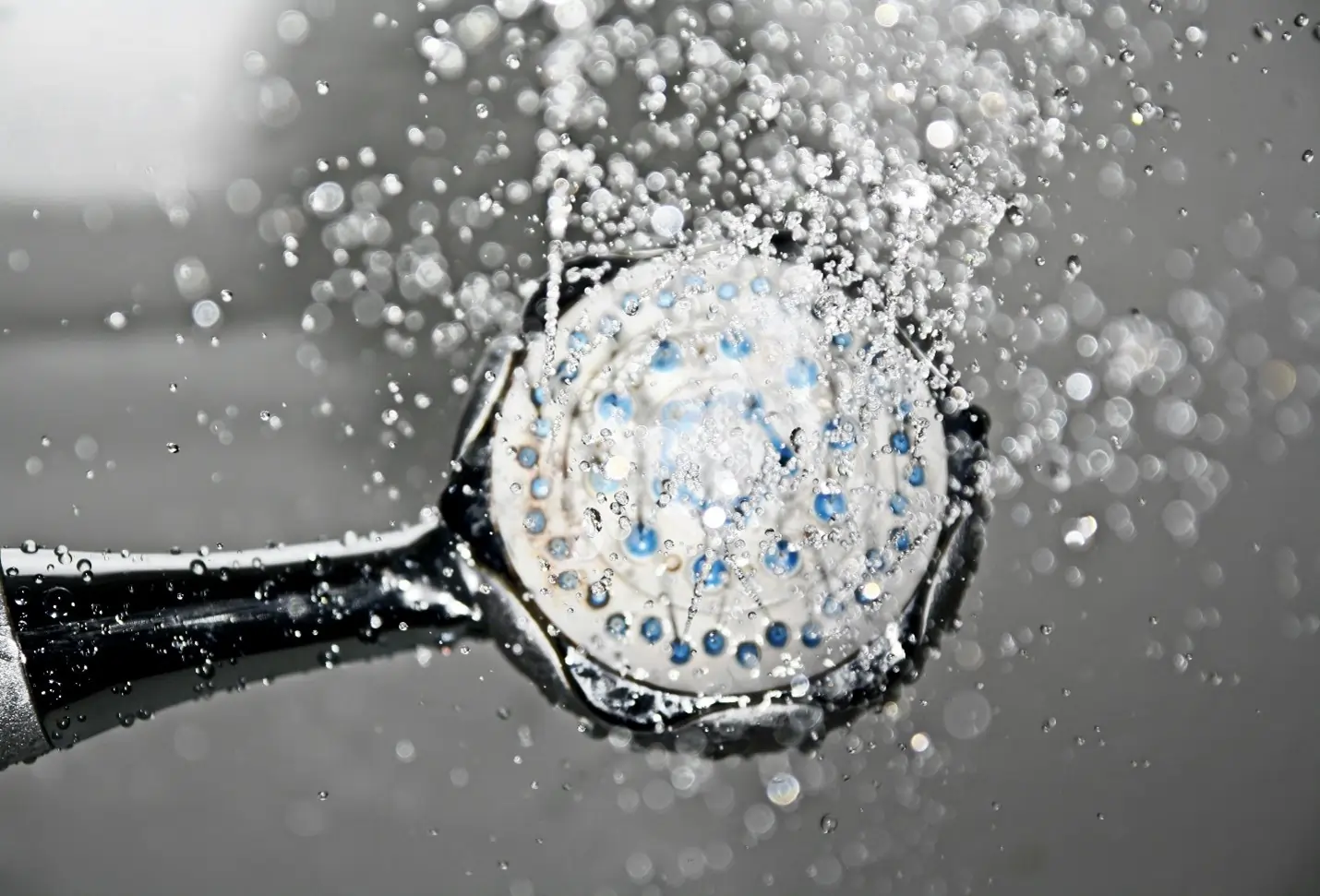Hot showers, warm sinks, and fresh laundry—imagine a day without them. Sounds rough, right? That’s what happens when your hot water system starts giving up. The good news? Most units show warning signs before they completely quit. By spotting these red flags early, you can avoid icy mornings, surprise plumbing bills, and unnecessary stress.
In this guide, we’ll break down the biggest signs your system is heading toward failure, so you know what to watch for and when to act.
- Inconsistent or Fluctuating Water Temperature
Few things are more annoying than stepping into a warm shower, only for the water to suddenly turn cold. If your water keeps bouncing between hot and cold, it’s usually a sign that the system isn’t working as it should. This can happen when the thermostat wears down or when the heating element struggles to keep up. A well-functioning unit should deliver steady, comfortable water every time. If you’re constantly adjusting taps, it’s a red flag you shouldn’t ignore.
- Frequent Repairs are Becoming a Norm
Calling the plumber now and then is normal, but if you’re reaching for the phone every other month, that’s a problem. Systems that constantly break down are often nearing the end of their service life. Frequent leaks, worn parts, or electrical issues can mean your unit is no longer reliable. At this point, you’re probably spending more on repairs than it’s worth. Many homeowners wonder how long these systems are built to last. On average, a unit runs well for about 8 to 12 years. Once it passes this range, repairs become more common, and efficiency starts dropping. Older units are harder to maintain and more expensive to keep going. That’s why it’s important to know when its time to replace your water heater. A plumbing expert can check the age of your system, identify hidden issues, and recommend a cost-effective solution. Acting early means you avoid a total breakdown that could leave you without hot water when you need it most.
- Rusty or Discolored Water from the Tap
Seeing brown or reddish water flowing from your tap can be unsettling. This discoloration usually signals corrosion inside the tank or in your home’s pipes. Rusty water doesn’t just look bad—it can stain clothes, leave marks on dishes, and even cause health concerns if left untreated. Corrosion inside the tank often means the lining has worn away, leaving metal exposed. When that happens, leaks are only a matter of time. If your hot water consistently looks dirty, it’s a warning that deserves attention.
- Strange Noises Coming from the Tank
A healthy system should run quietly in the background. But if you start hearing rumbling, banging, or popping sounds, it’s usually sediment buildup. Over time, minerals in the water settle at the bottom of the tank. When the burner heats the tank, the hardened sediment makes loud noises. Not only is it irritating, but it also forces the system to work harder, wasting energy. The more strain it takes, the sooner it wears out. Don’t ignore strange sounds—think of them as a clear cry for help.
- Reduced Supply
If showers keep running cold before you finish, that’s more than just an inconvenience. A shrinking hot water supply is often a sign of sediment buildup or failing components inside the system. Sediment takes up space in the tank, leaving less room for heated water. Damaged parts, like worn-out elements, can also stop the system from heating properly. The result? Shorter showers, irritated family members, and higher energy use. If your system can’t keep up with daily needs, it’s worth checking before it fully fails.
- Leaks or Pools of Water Around the Unit
A small puddle near your tank might seem harmless, but it’s rarely a good sign. Leaks often start small, showing up as drips or tiny pools of water. Over time, they can grow into major problems, damaging floors and surrounding walls. Sometimes leaks are caused by loose connections, but in many cases, they’re the result of cracks in the tank. Since tanks are under pressure, even a small crack can worsen quickly. If you notice water around your system, don’t wait—call in a professional before the damage spreads.
- Rising Energy Bills Without Explanation
No one likes opening a utility bill that’s higher than usual, especially when nothing else at home has changed. If your energy costs keep climbing, your hot water system may be to blame. When parts wear out or sediment builds inside the tank, the system must work harder to deliver the same amount of hot water. This extra strain leads to higher power use, which you see in your monthly bills. If your budget is taking a hit and there’s no clear reason, it’s time to look at the system’s efficiency.
- Metallic Taste or Odor in Hot Water
Hot water should be clean and clear, not smelly or strange-tasting. If you notice a metallic flavor or a rotten egg-like odor, it’s often linked to corrosion or bacterial growth. These issues can develop inside older tanks or in systems that haven’t been maintained regularly. Beyond being unpleasant, these changes can make cooking, cleaning, and bathing less safe. A bad taste or odor is a signal that something inside the tank isn’t right. Getting the system inspected can help identify whether it’s a minor fix or a bigger replacement issue.
- Visible Rust or Corrosion on the Tank Exterior
When rust appears on the outside of your hot water system, it’s usually more than just a cosmetic issue. Exterior corrosion is often a clue that damage inside the tank is already happening. Rust weakens the structure, making leaks and eventual failure almost certain. Some homeowners try to clean or paint over the rust, but that doesn’t fix the root problem. Once corrosion is visible, the clock is ticking. Addressing it quickly can prevent a messy and costly breakdown later.
Your heater works hard every day, and it won’t last forever. From leaks and strange noises to rusty water and climbing bills, the signs of failure are often clear if you know what to look for. Acting on these warnings early can save you from cold showers, expensive emergency calls, and damage to your home. Don’t wait until it stops working altogether—reach out to a plumbing professional who can inspect, repair, or guide you through upgrading. A little attention now can make life at home much more comfortable.
Read more: The Benefits of Integrating Cloud Fax API Into Your Communication Systems – Croudmomentum.com
Choosing the Right Document OCR API: A Guide for Automation Architects
How Customer Retention Strategies Shape Long-Term Business Success








